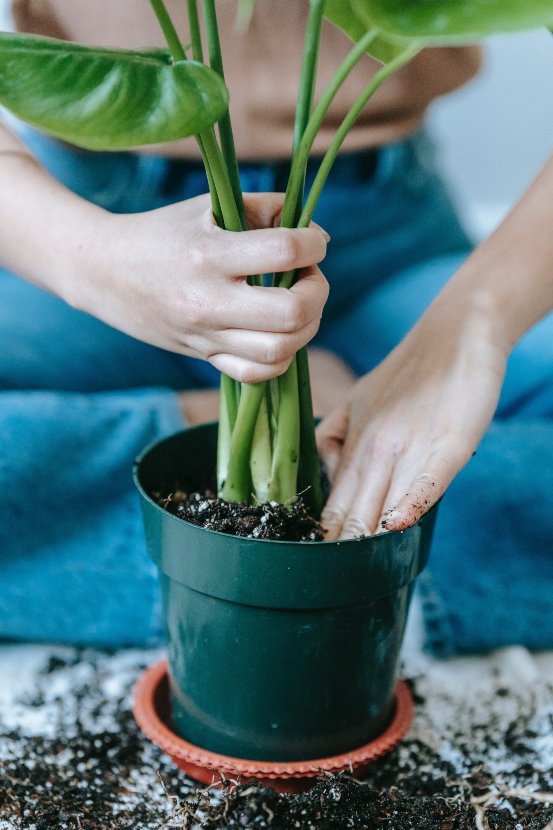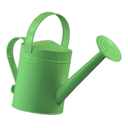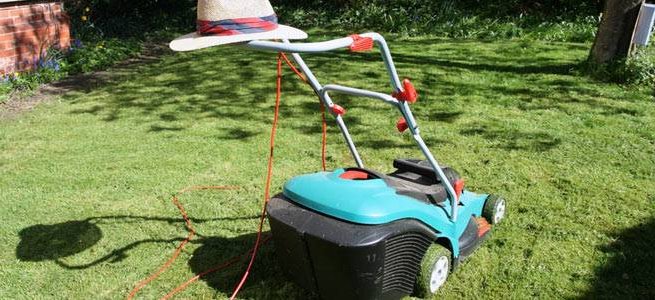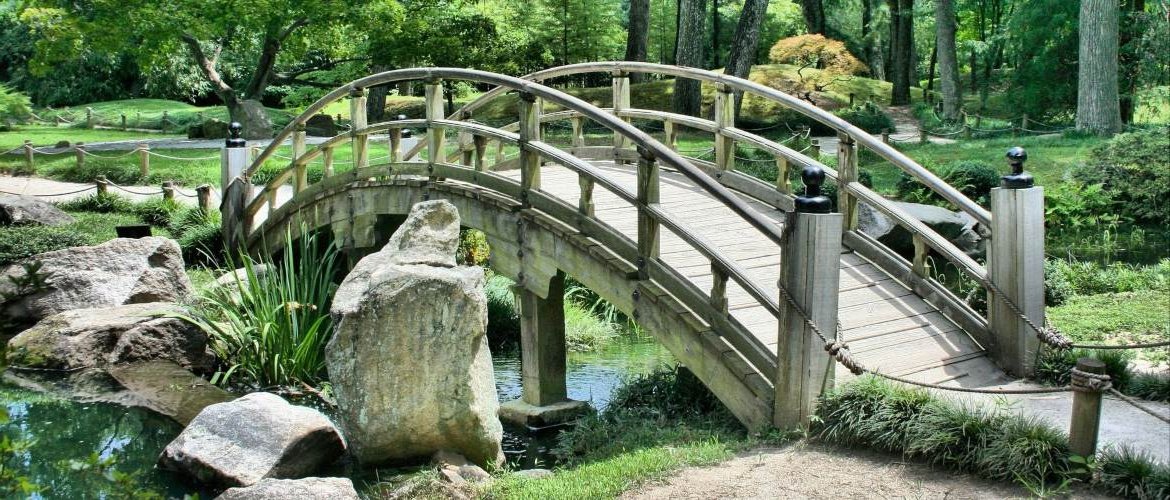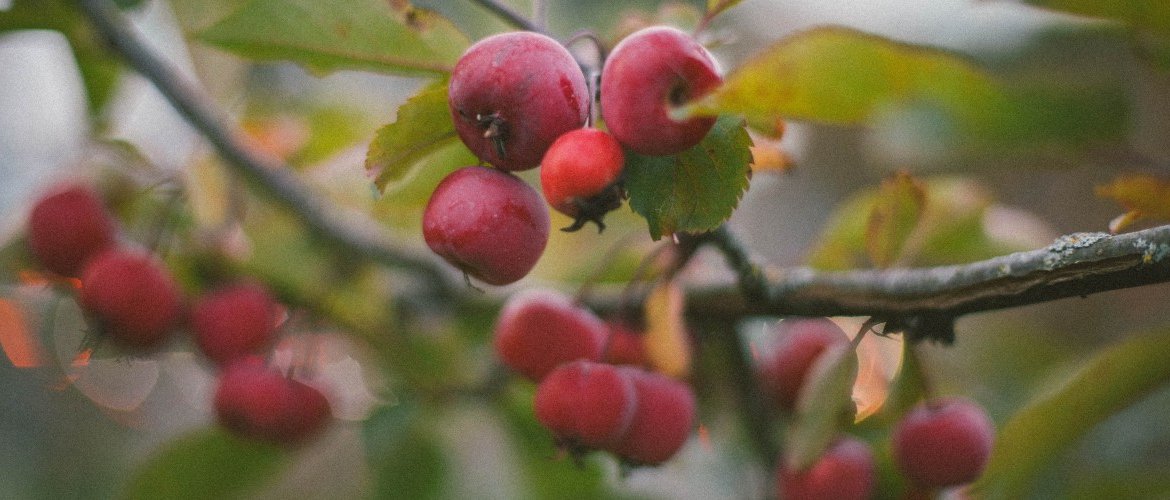Discover the influence of the moon in gardening
Strolling under the moonlight on a clear night sounds most evocative. The scene becomes more attractive if the scenery accompanies and nature serves on a platter a perfect backdrop. It is precisely on the natural environment where the effects of this satellite of the earth are a mystery, although there are many who defend the influence of the moon in gardening.
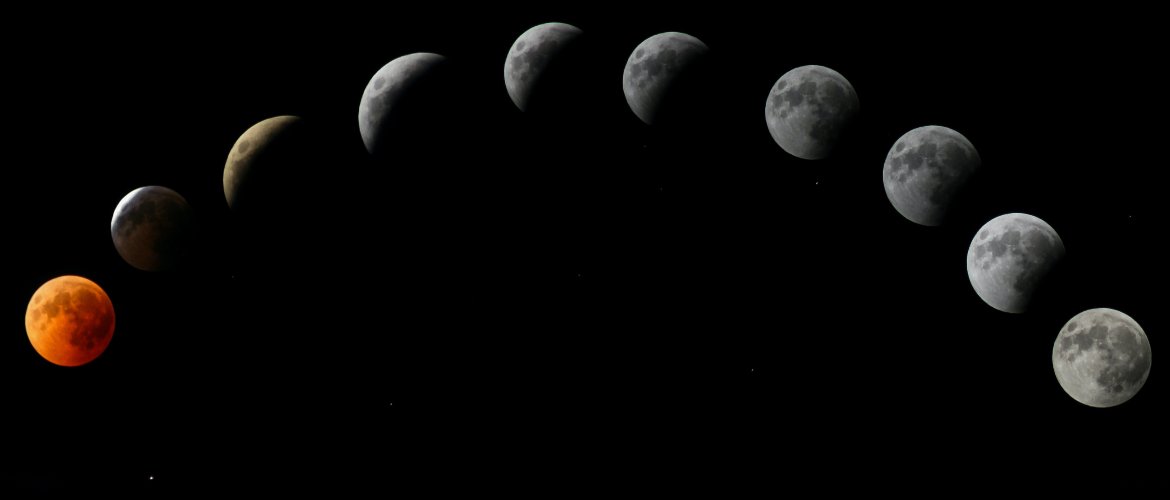
Reality or tradition, the truth is that many plant lovers believe in the influence of the moon in gardening, something that, on the other hand, can help you to organize your calendar.
So much so that depending on the moment of the lunar cycle it is more or less advisable to undertake some or other tasks related to the care of the garden. The new moon is the first of the phases of the satellite. But throughout the more than 28 complete days that it takes to make a complete turn around the Earth, it goes through different states.
Crescent, full, waning? In each of them its position with respect to the Earth and the Sun changes and, consequently, so does the effect it has on the plants.
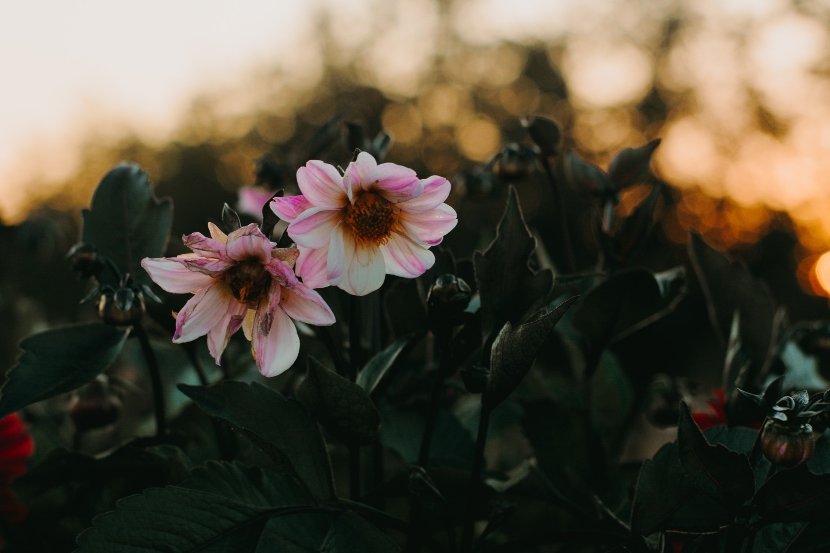
There are two main fronts defended by those who are convinced of the influence of the moon on the development of plants. One of the verifiable evidences has to do with the effects derived from its light. As such, the satellite has no light of its own, but can be seen thanks to the light it reflects from the sun. In practice, this lighting favors the activity of plants by complementing the light they receive throughout the day.
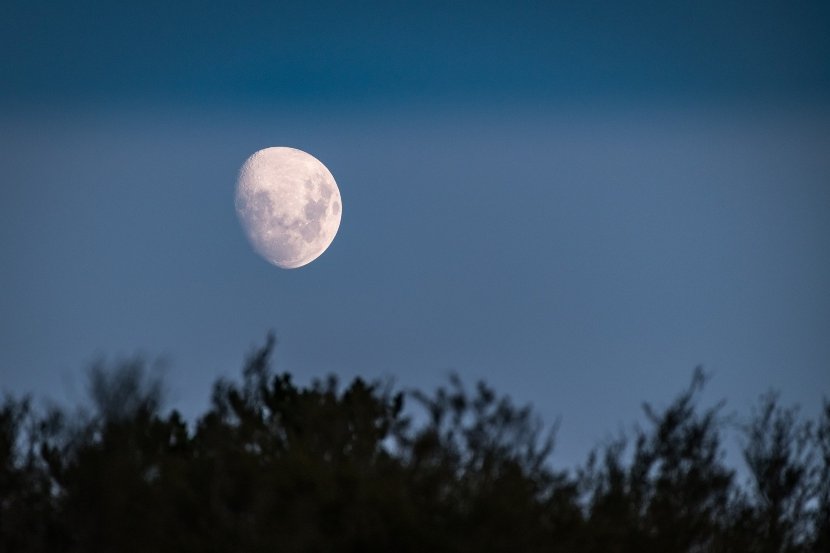
Discrepancies about the influence of the moon on gardening arise when it comes to the effects of gravitational attraction. While it is no secret that the satellite has a clear influence on the tides, it is not so clear that it does so on the biological activity of plants.
The observation of nature itself and tradition have been key to transfer these beliefs to the present day. Although there is no scientific evidence to support it, certain behaviors that are difficult to attribute to chance have been proven.
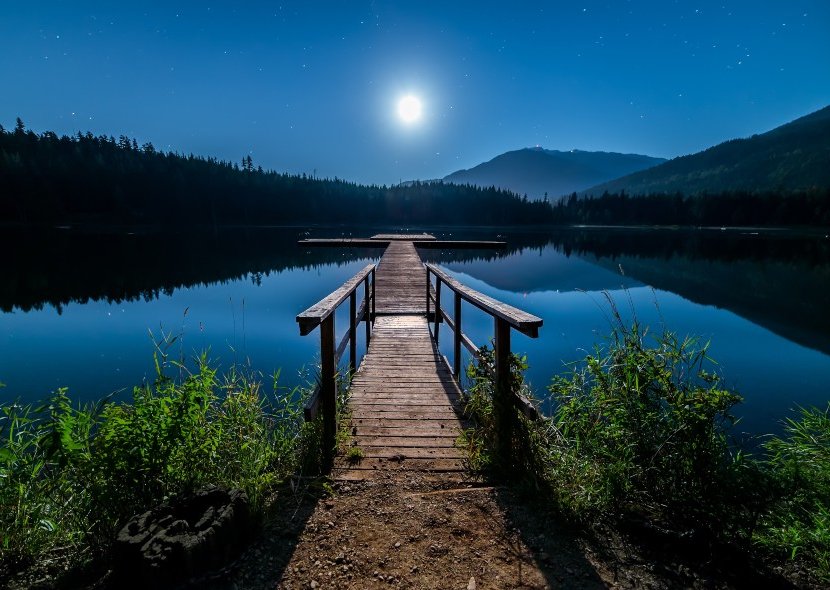
The observation of nature supports that depending on the moment of the lunar cycle in which we find ourselves, it will be more or less advisable to carry out tasks of sowing, pruning, grafting...
What is known as the new moon is nothing more or less than the first phase of the lunar cycle. During the new moon the satellite is barely visible. That happens because the part of it that faces the earth does not receive sunlight.
The consequence on the plants is a slowing down of their growth, a kind of dormancy. This is the perfect time to remove weeds, wilted leaves or flowers and to apply fertilizers.
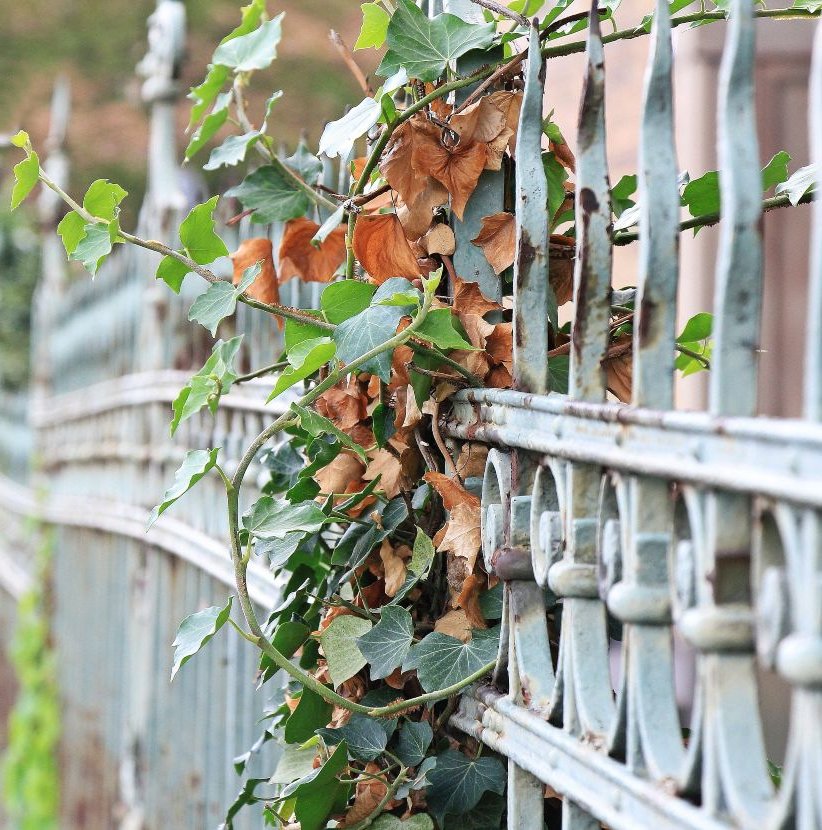
The immediately following phase is the crescent moon. It is a real awakening for the plants that, little by little, recover their vitality. In general, the crescent moon is a good time for germination and it even seems to have been proven that flowers cut at this time last longer. In any case, it is also the most advisable phase to carry out grafting and it is even believed that it enhances the effects of pruning.
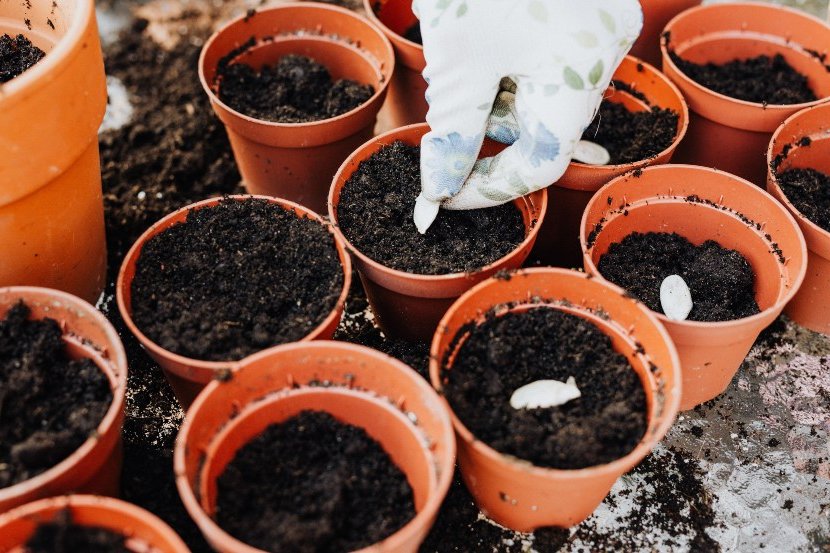
The influence of the moon on gardening shows opposite effects in the waning quarter phase which, like the new moon, is a time of reduced vitality. At this time of the end of the cycle, colors, flavors and smells become more intense.
The period when the effects of the moon are concentrated on the roots of plants is a perfect time to plant vegetables that grow underground. You can also take advantage of it to plant cuttings, make compost and eliminate weeds.
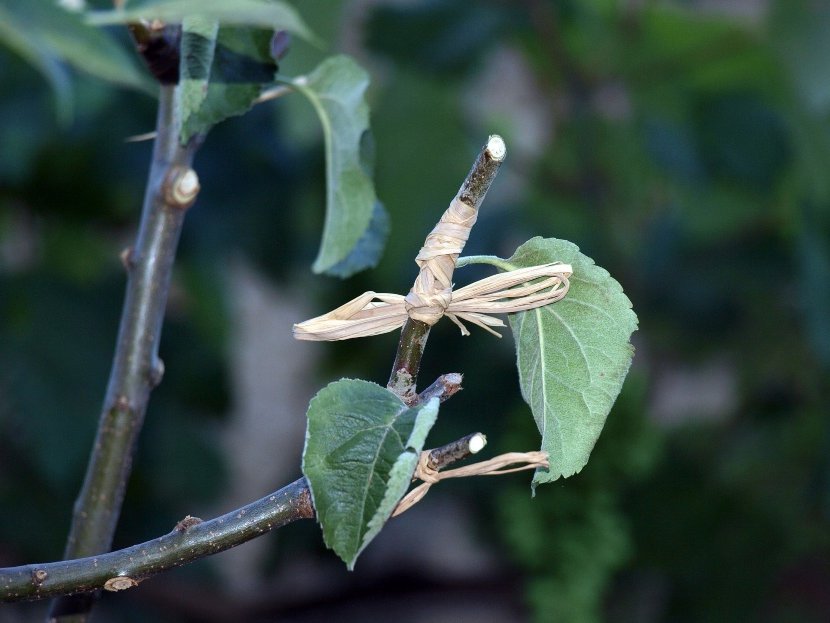
The full moon closes the lunar calendar. During the full moon, the part of the moon facing the Earth is fully illuminated by the Sun. Plants especially notice this in their foliage. Although they do not bear as much fruit as in other phases, it is a particularly interesting period from the point of view of growth.
If you have plants with fruits in your garden, it is time to pick them. You can also take advantage of the positive influence of the moon on your plants to transplant them.
